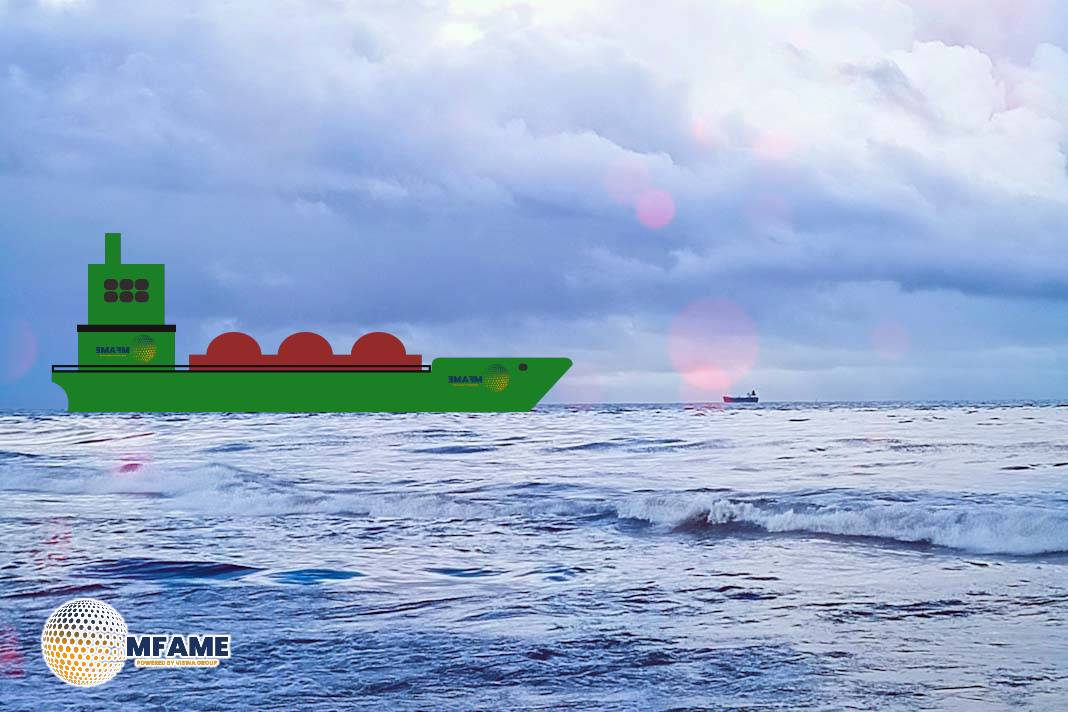- IMO Approves New GMDSS Standards via COMSAR.1/Circ.32/Rev.3.
- Single MF/HF Radio Installation Now Acceptable Under Revised Rules.
- New Placement Rules Aim to Prevent Interference and Boost Safety.
Hong Kong Merchant Shipping has put out a notice about the updated Guidelines for the Harmonisation of Global Maritime Distress and Safety System (GMDSS) Requirements for Radio Installations on Board SOLAS Ships. These updates were greenlit during the 109th session of the IMO Maritime Safety Committee (MSC) and were released as COMSAR.1/Circ.32/Rev.3 on December 13, 2024, replacing the earlier version (COMSAR.1/Circ.32/Rev.2), reports Safety4Sea.
Acceptance of Combined MF/HF Radio Installations
The new guidelines now permit a single MF/HF radio installation to function as both the main MF radio installation and the backup MF/HF radio installation. This adjustment makes it easier for shipowners and operators to stay compliant.
Guidance for Installing Radio Equipment
To keep things safe and ensure everything works smoothly, every radio installation should:
- Be positioned to steer clear of any harmful mechanical or electrical interference.
- Ensure electromagnetic compatibility (EMC) with other systems on board.
- Be set up for maximum safety and accessibility, complete with warning signs.
- Be shielded from water, extreme temperatures, and environmental stress.
- Feature permanently installed lighting that operates independently of the ship’s main or emergency power for equipment use.
- Be installed outside the Compass Safe Distance to prevent magnetic interference.
Using VHF for Navigational Safety
VHF controls for navigational safety should be easy to reach from the conning position and bridge wings. You can also use portable VHF devices from the bridge wings for this purpose.
Equipment Marking and Operational Notices
All radio equipment needs to be marked and labelled:
- The type designation of the equipment should be visible after installation.
- Installations must show the ship’s GMDSS identities, including call sign, MMSI, EPIRB ID, RMSS identities, and serial numbers.
- DSC operation procedures and emergency guidelines should be posted on the navigation bridge.
- Notices developed by the IMO, such as “GMDSS Operating Guidance for Ships in Distress” and procedures for false alerts, should also be prominently displayed.
Emergency Lighting Requirements
Every piece of mandatory radio equipment needs to have dependable emergency lighting that runs on a backup energy source, usually the radio batteries:
- The lighting should be bright enough to operate the equipment and to read or write on nearby surfaces.
- It must be adjustable or shielded to minimise glare during nighttime navigation.
- For VHF units located at the front of the bridge, it’s best to use screened or scaled lighting.
- In separate communication workstations, ceiling lights can be used as long as they don’t distract the navigator.
- Emergency lights should be connected to a dedicated fuse circuit, with clearly marked switches.
Recommended Installation Layout
To effectively meet GMDSS requirements, ships are encouraged to set up A dedicated communication workstation on or near the navigation bridge or A separate communication office outside the bridge, with remote control capabilities from the bridge
These are just recommendations; alternative configurations are allowed as long as they meet the general requirements.
Did you subscribe to our daily Newsletter?
It’s Free Click here to Subscribe!
Source: Safety4Sea
















